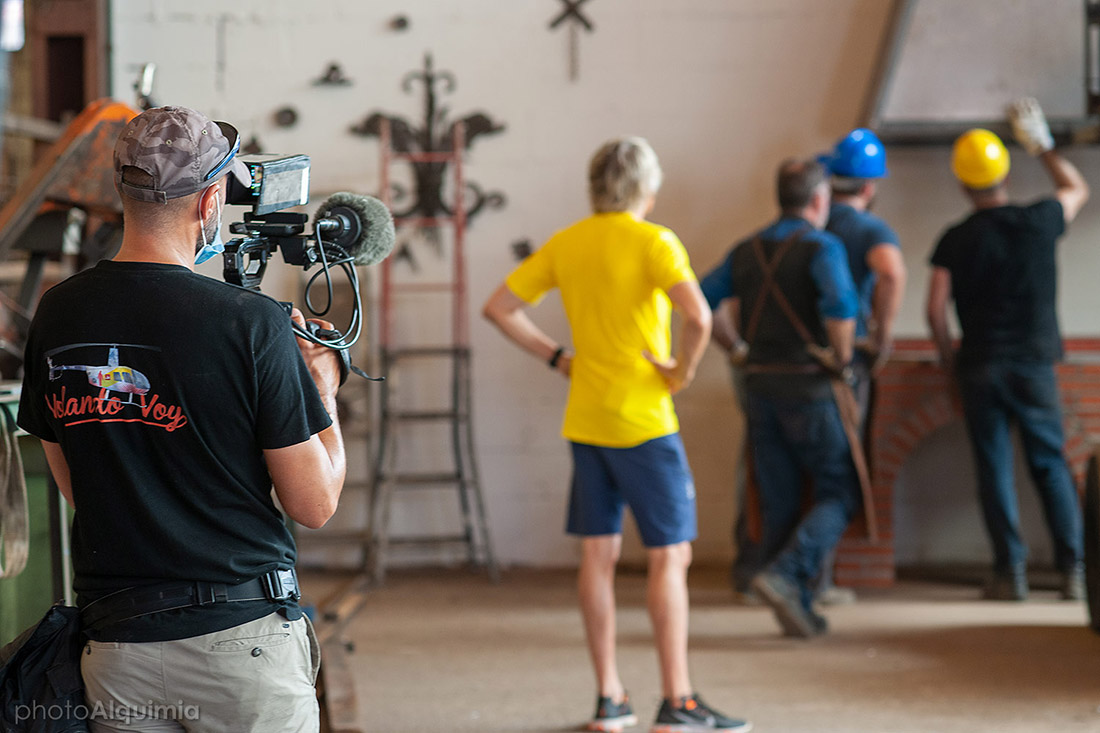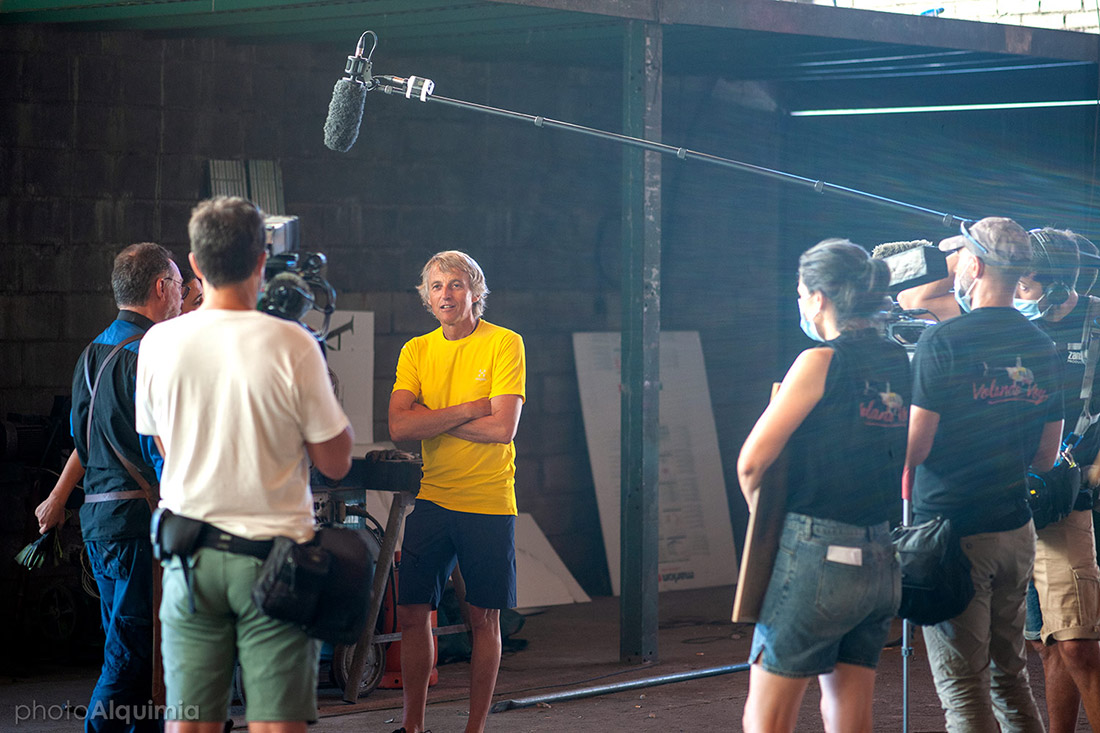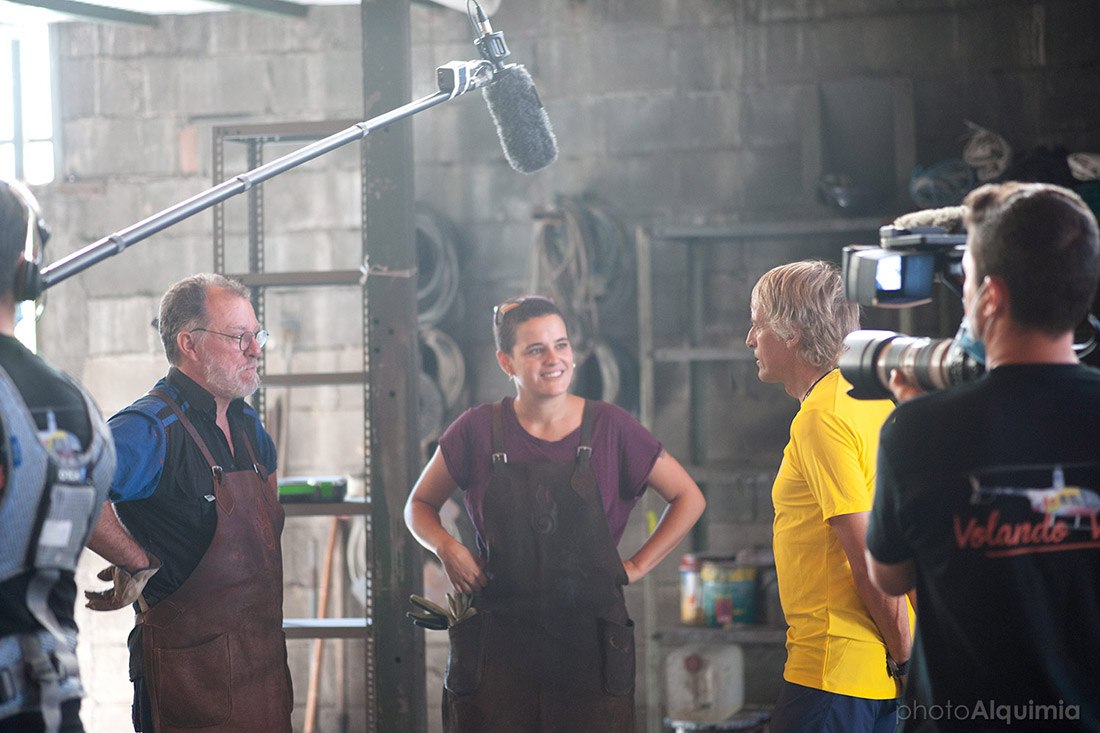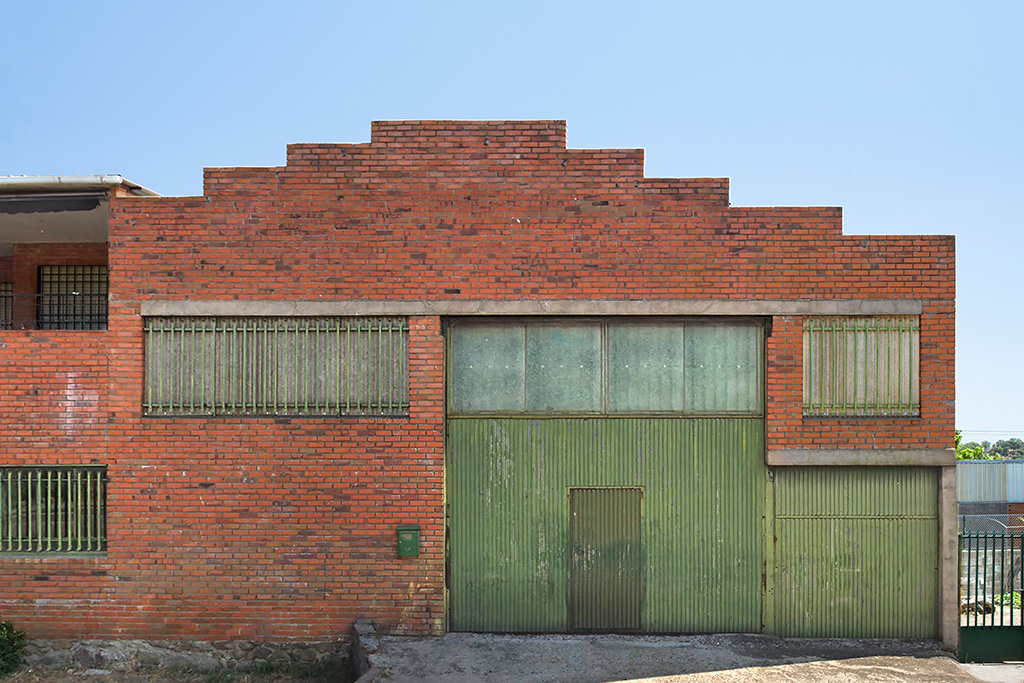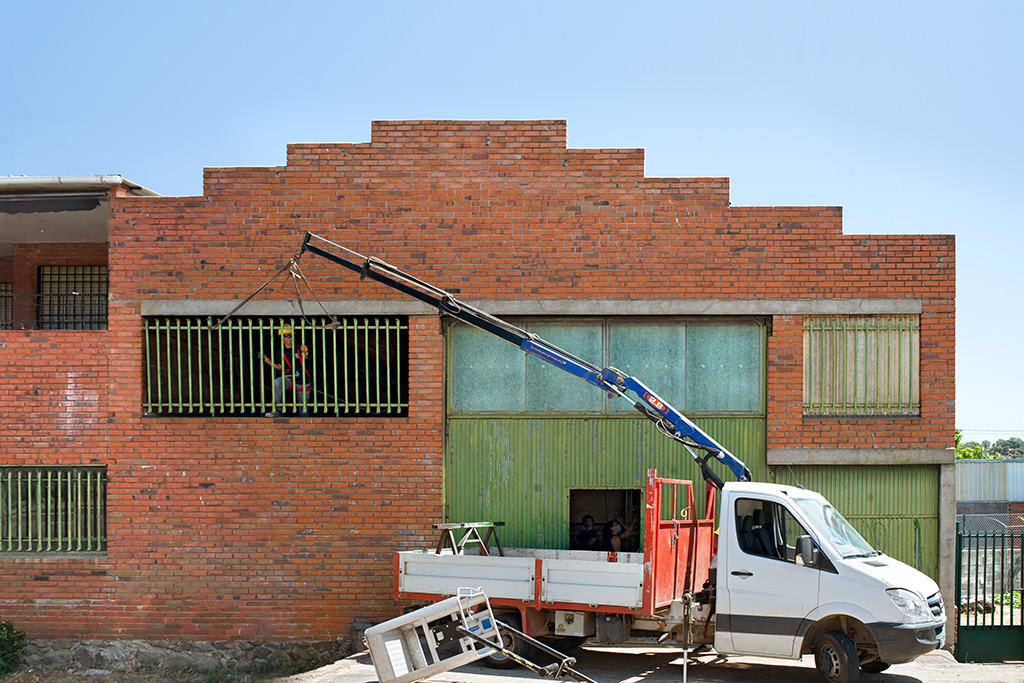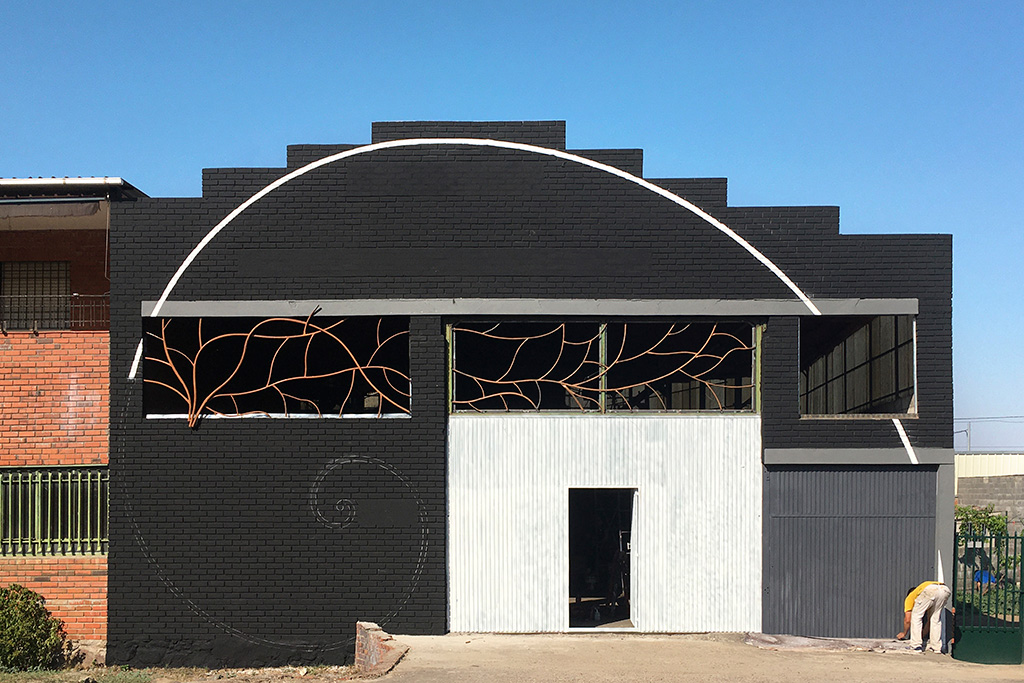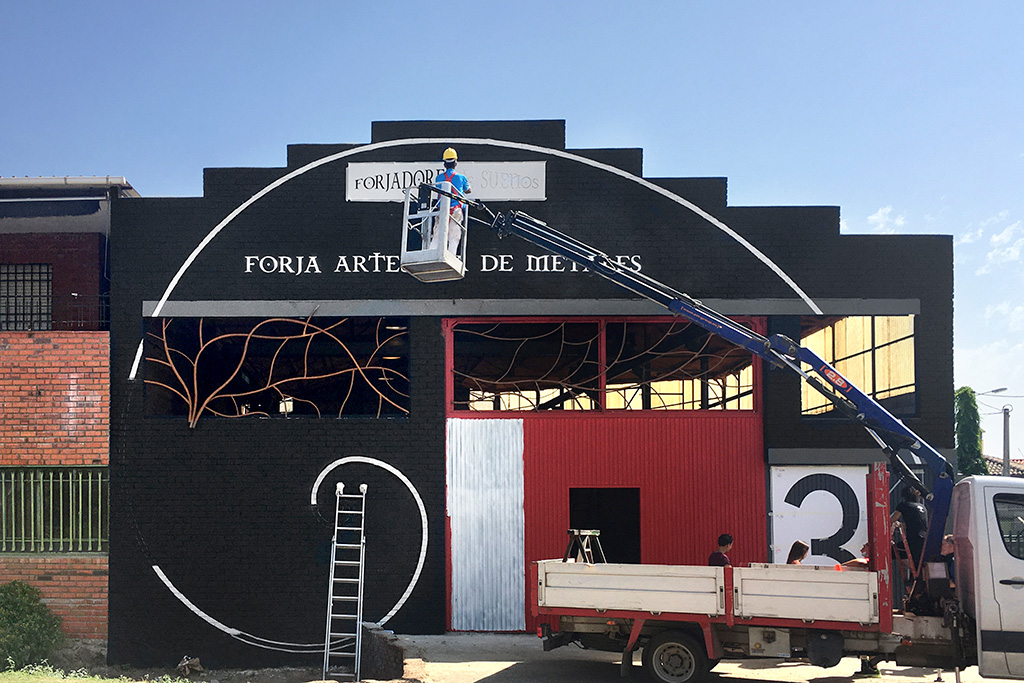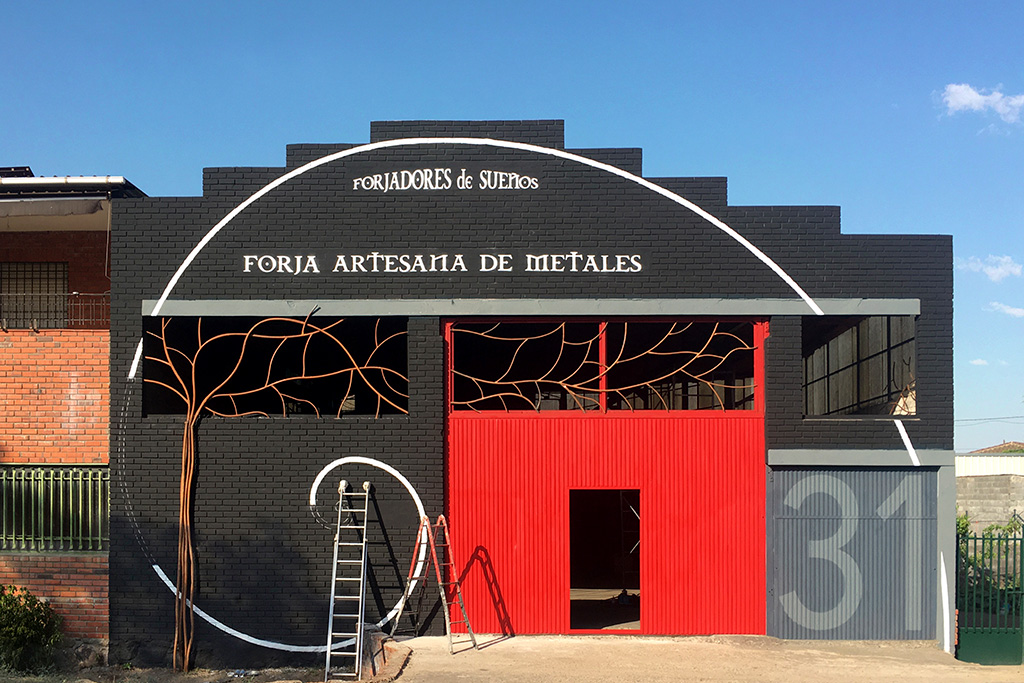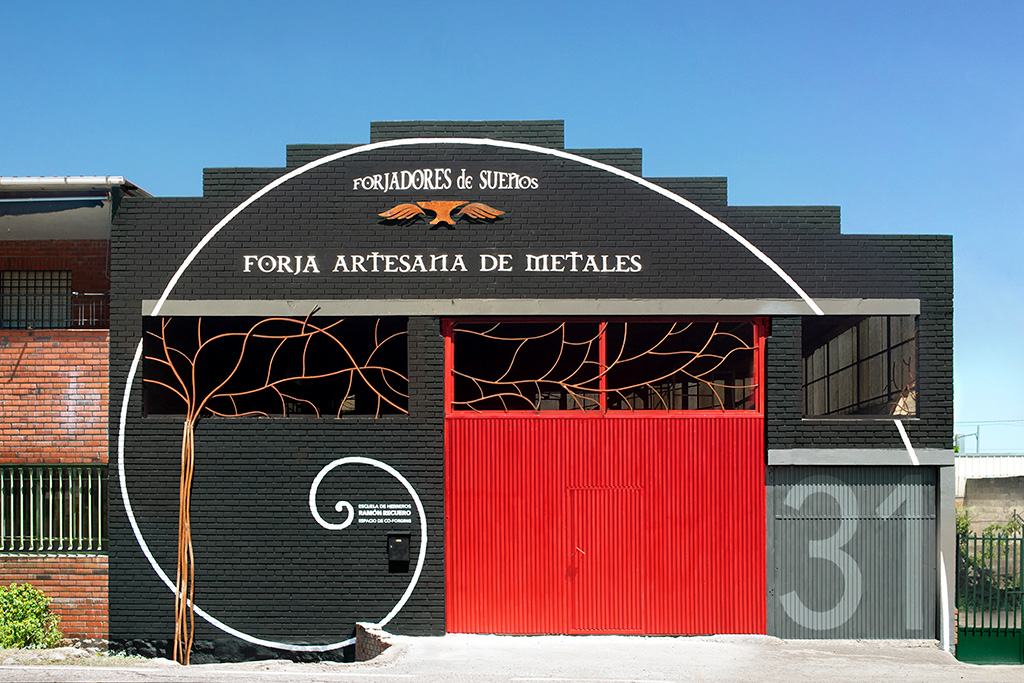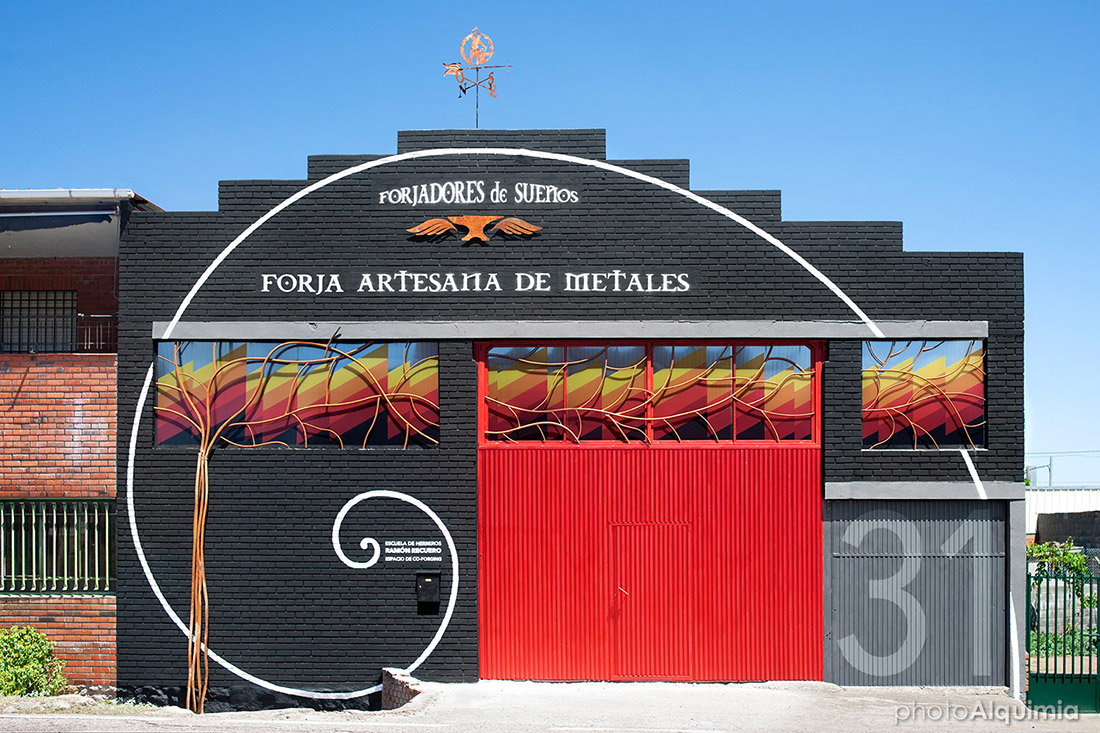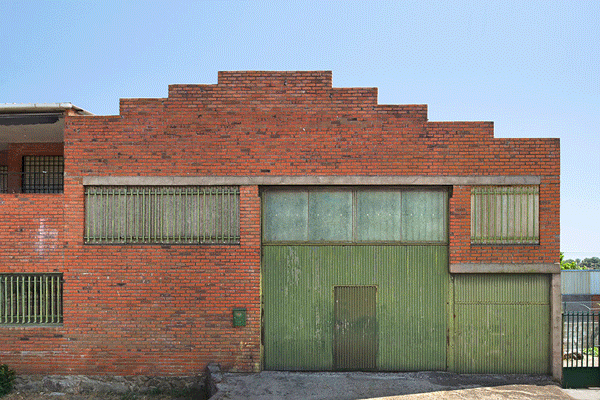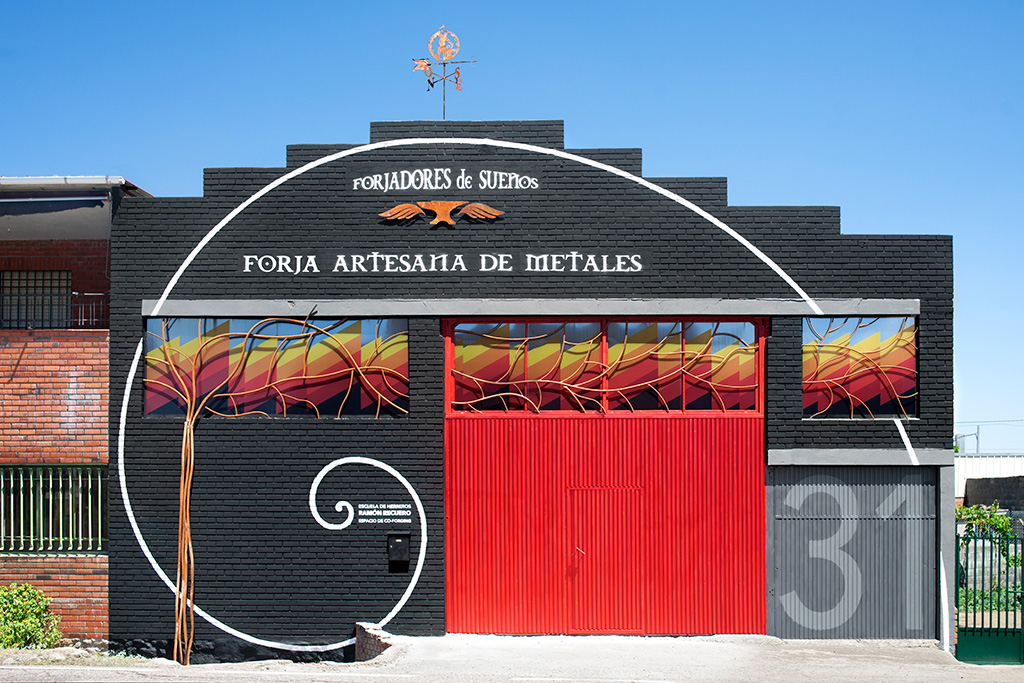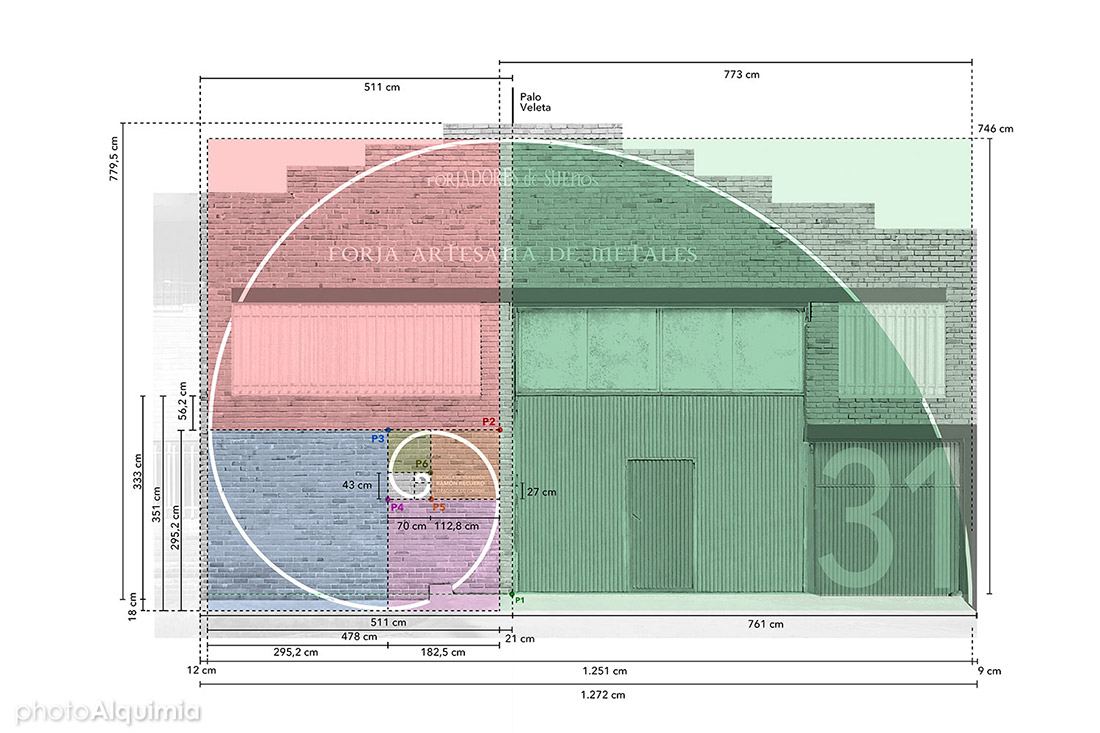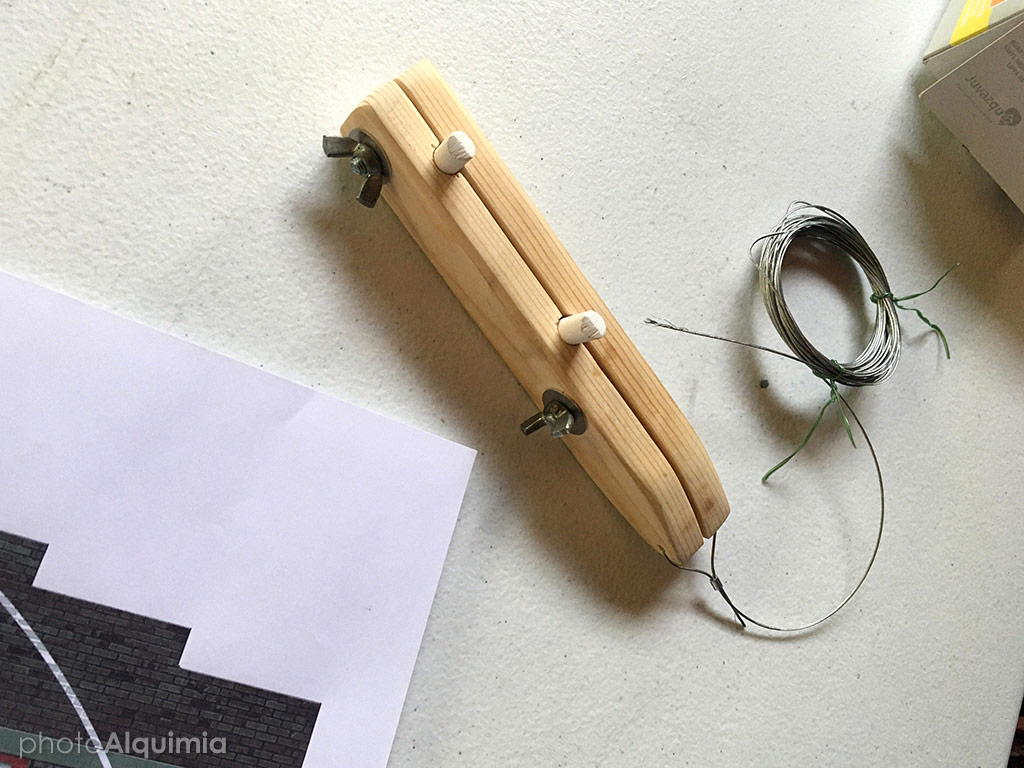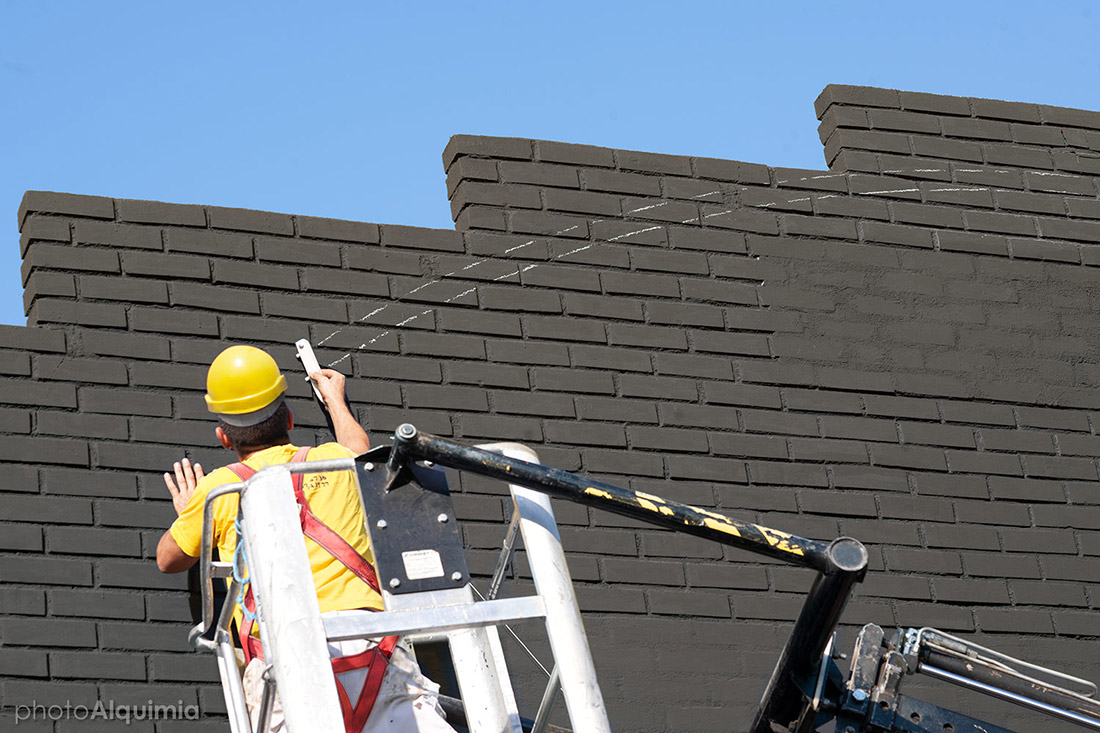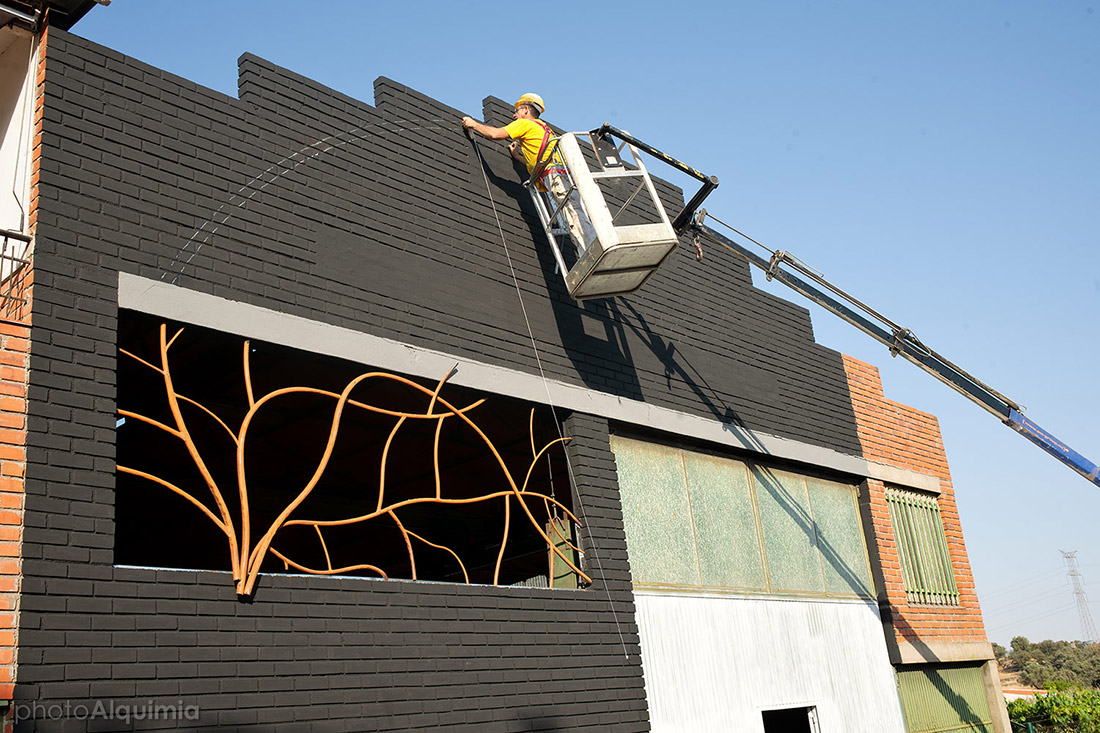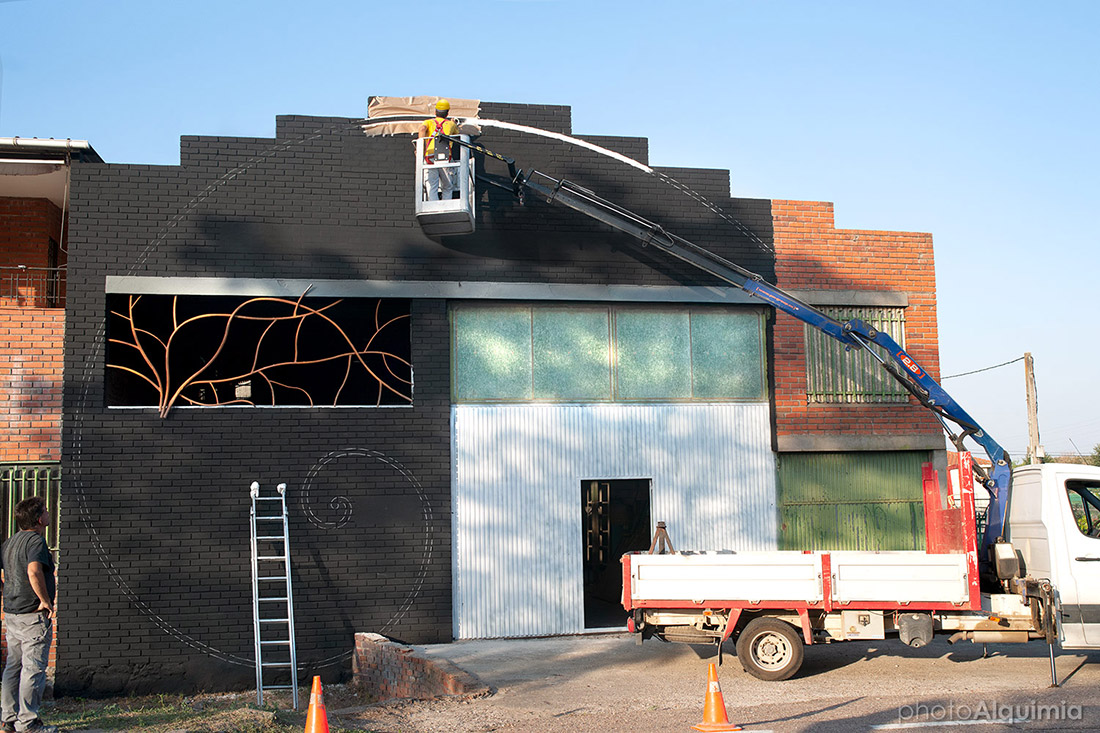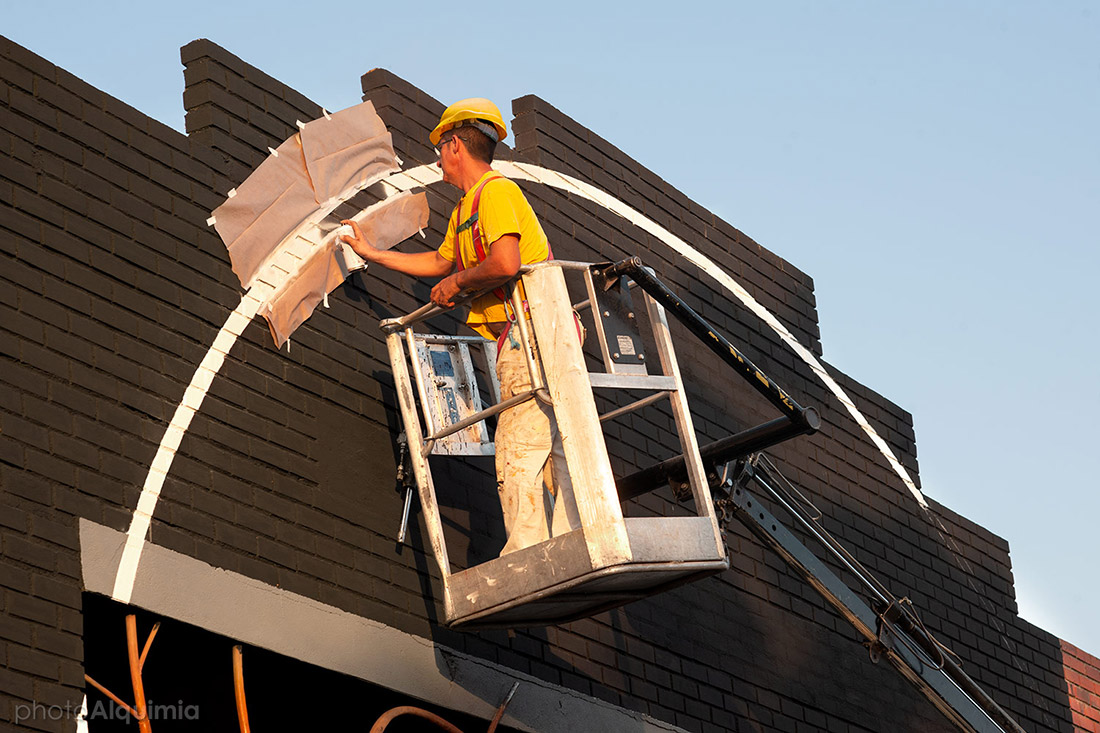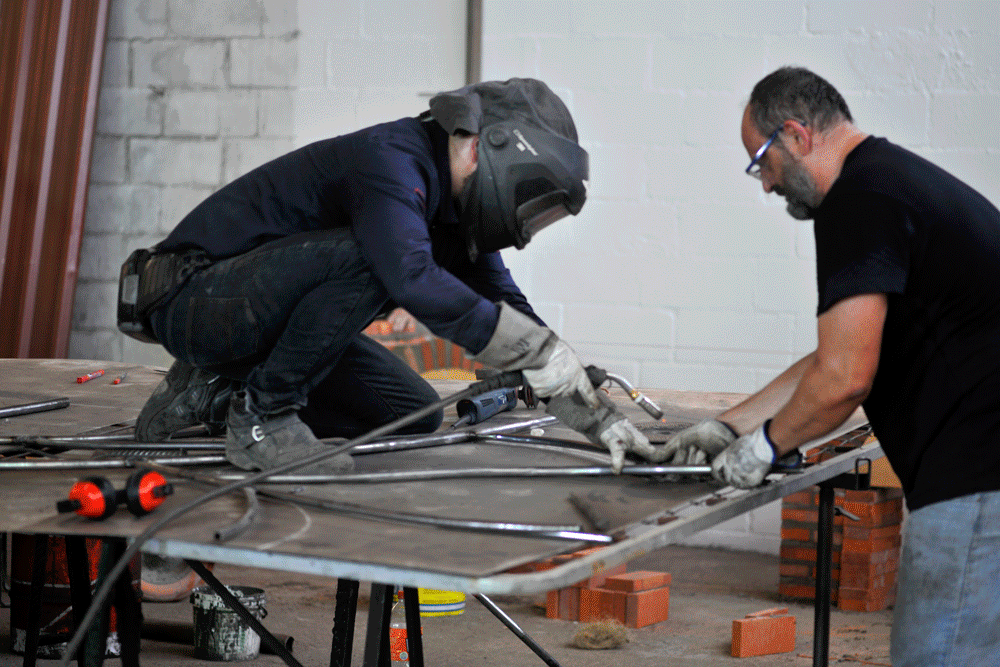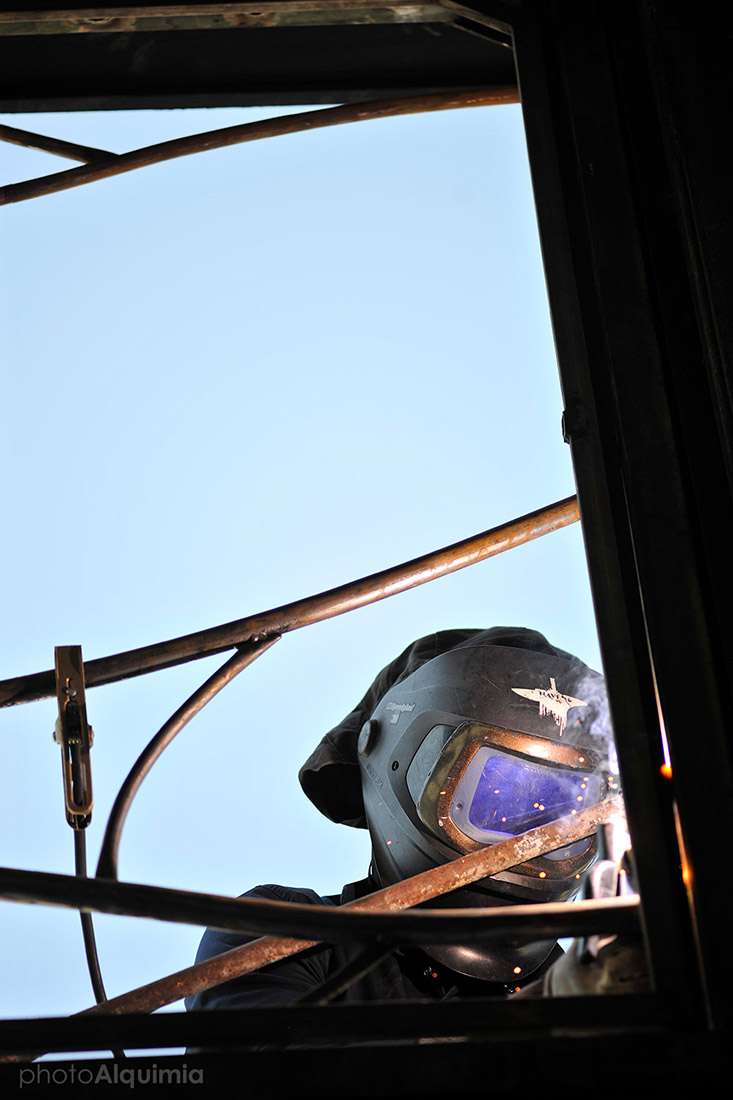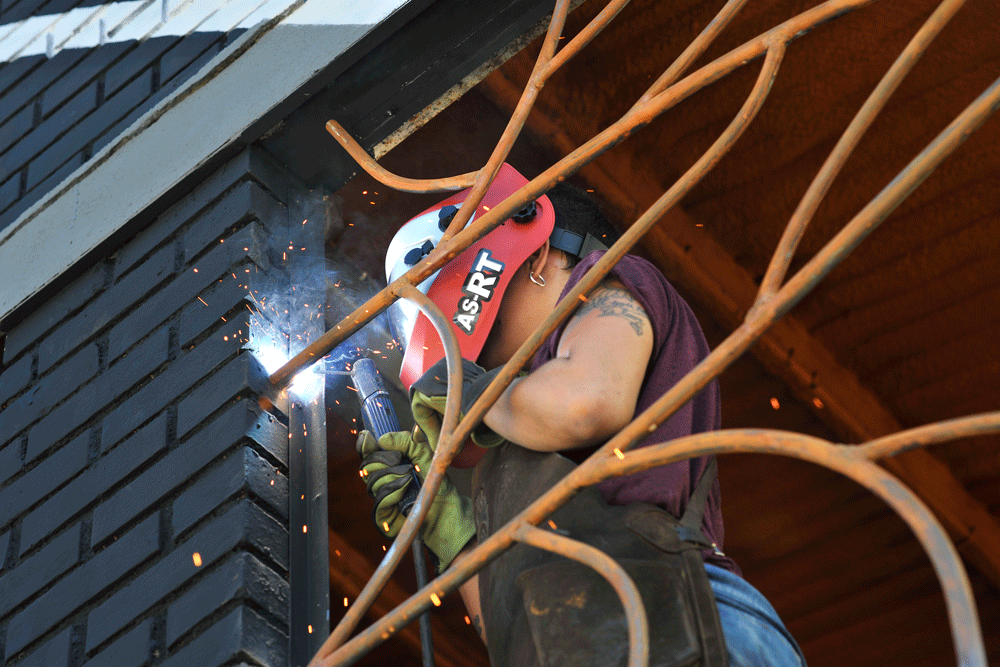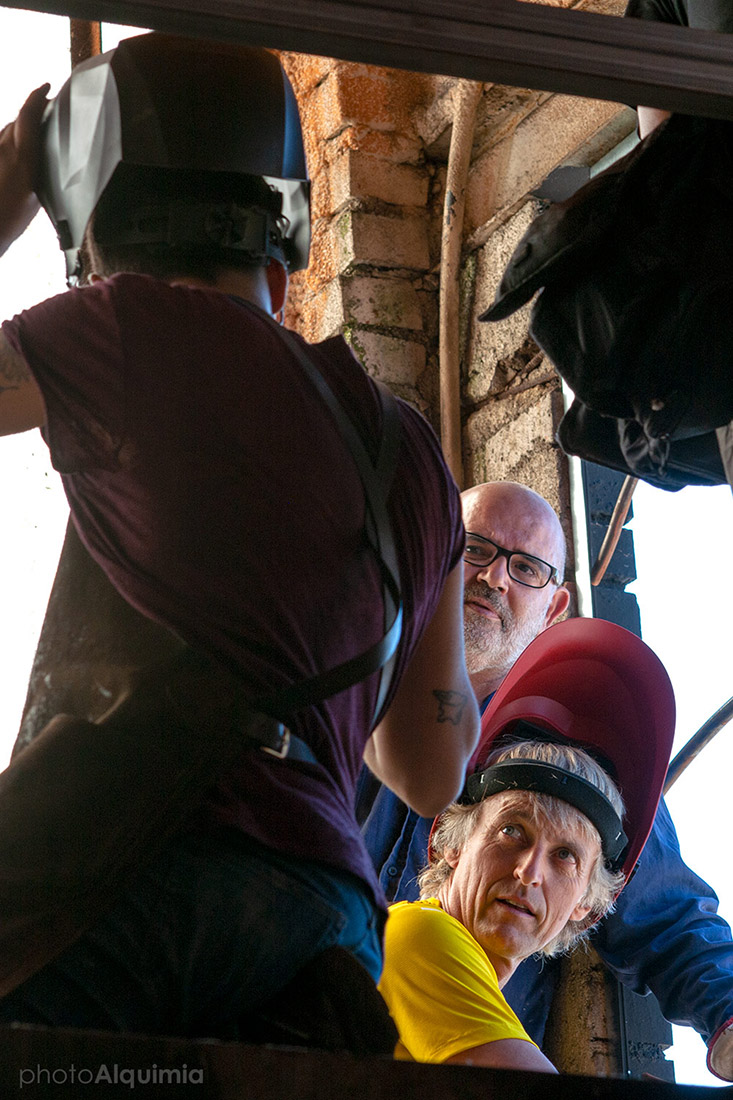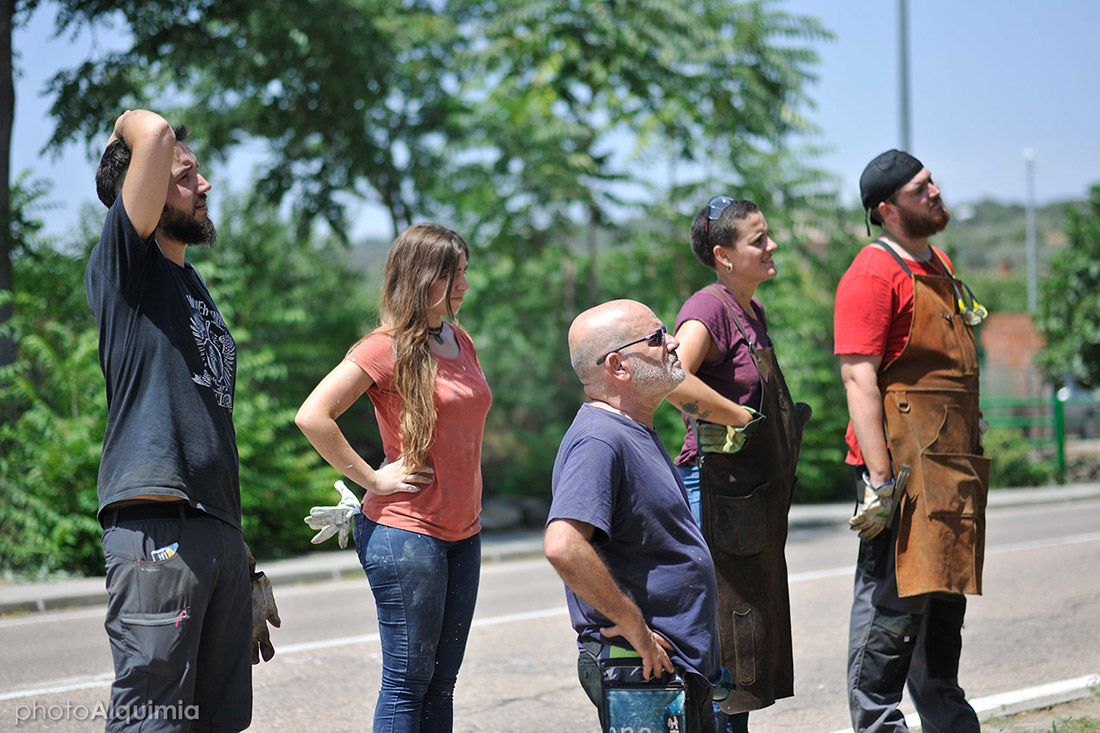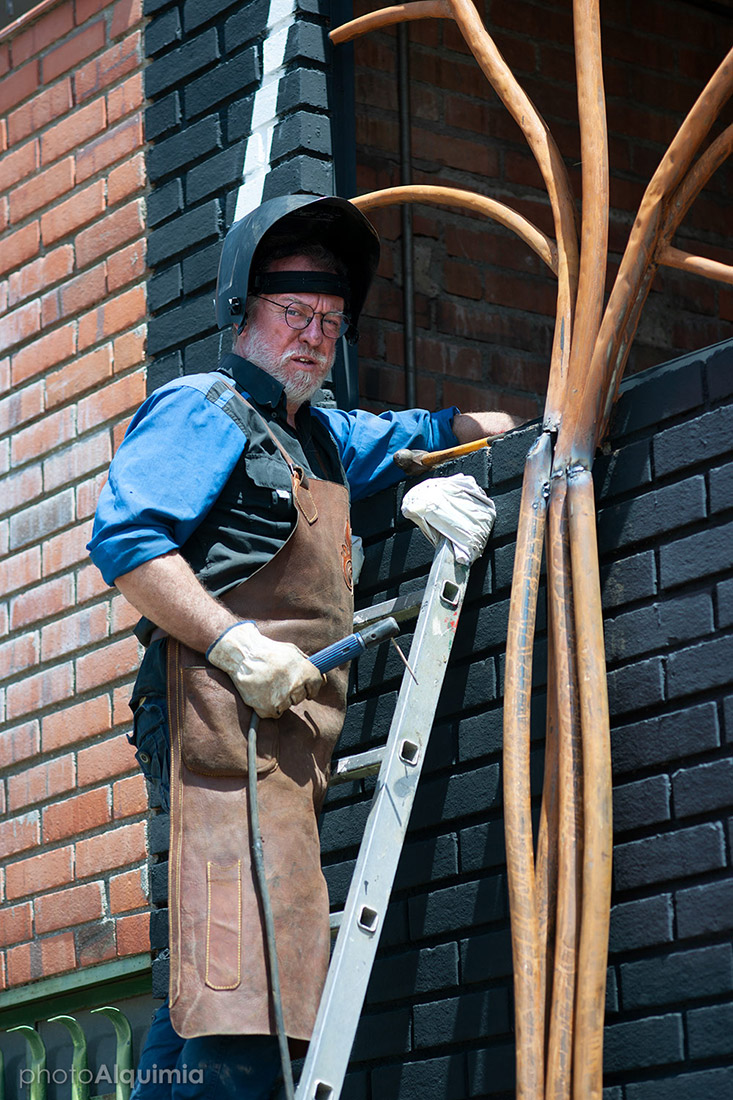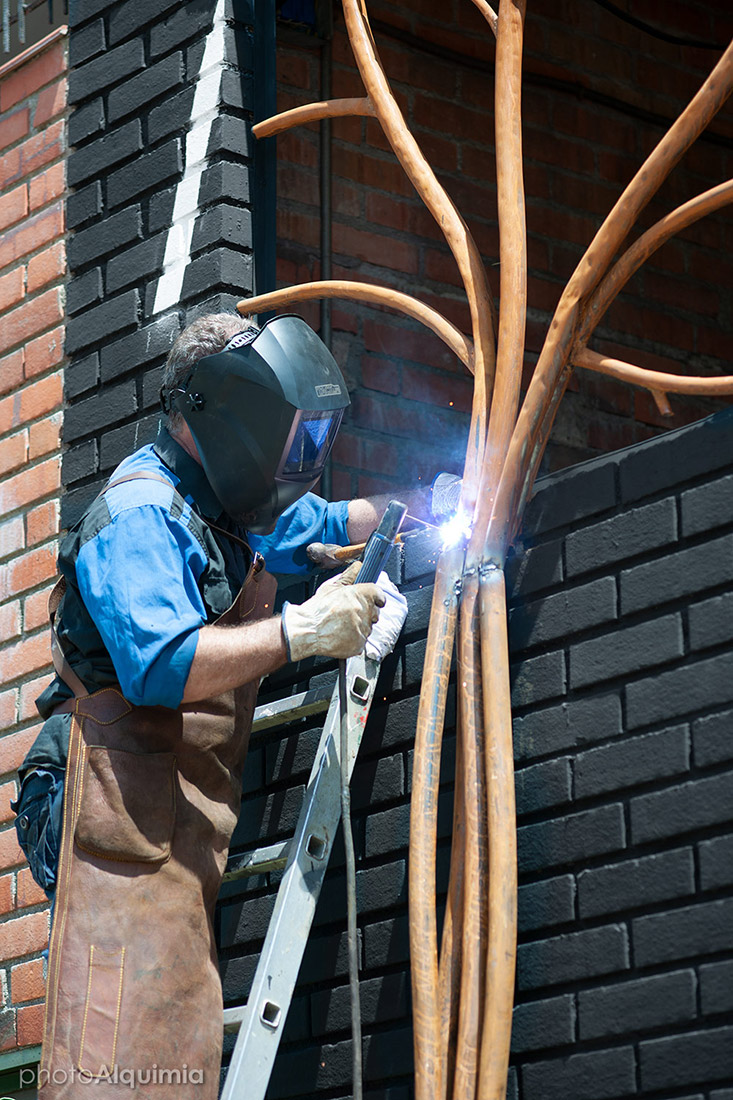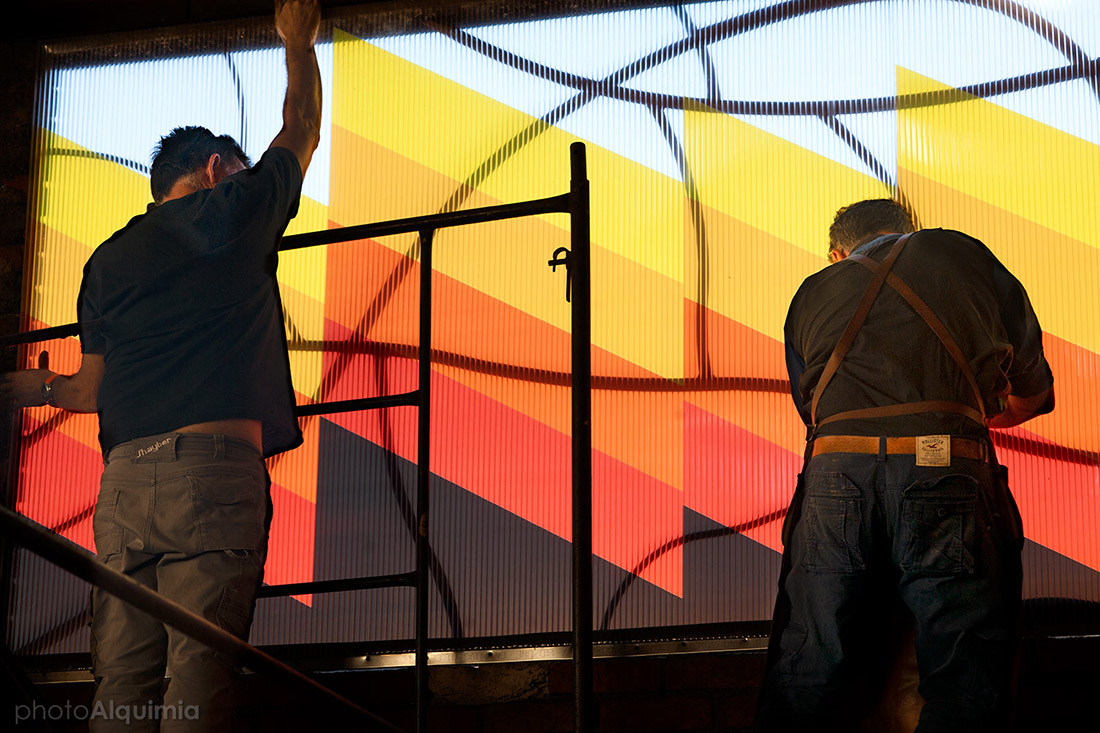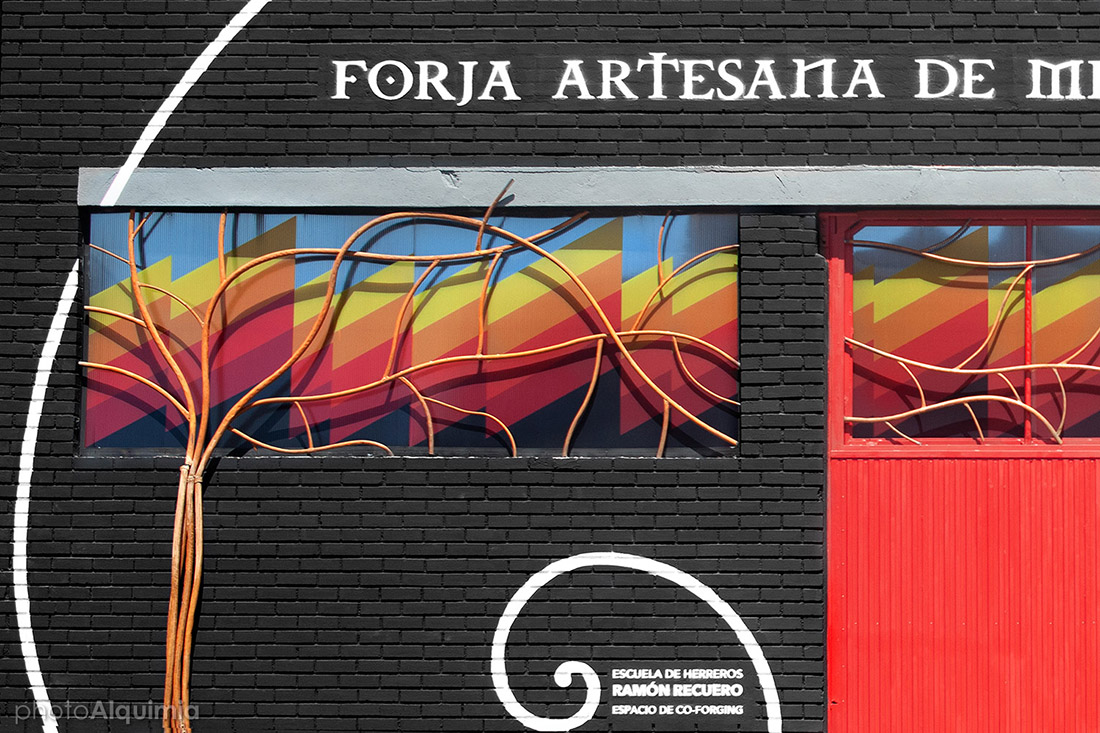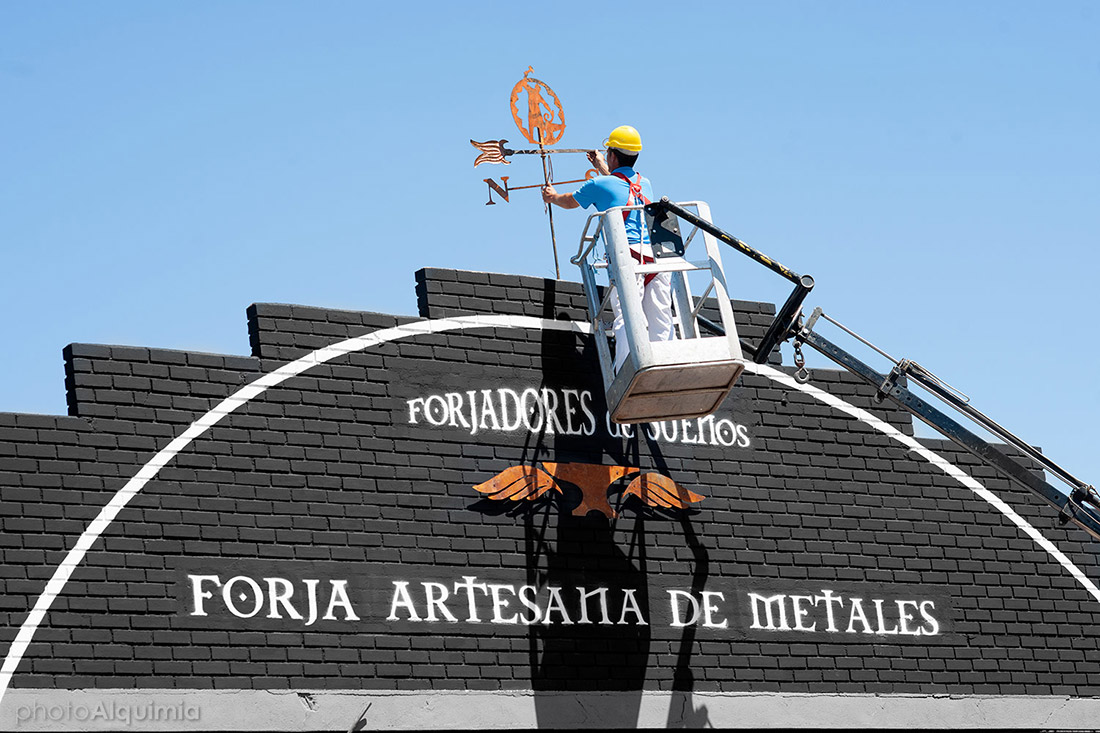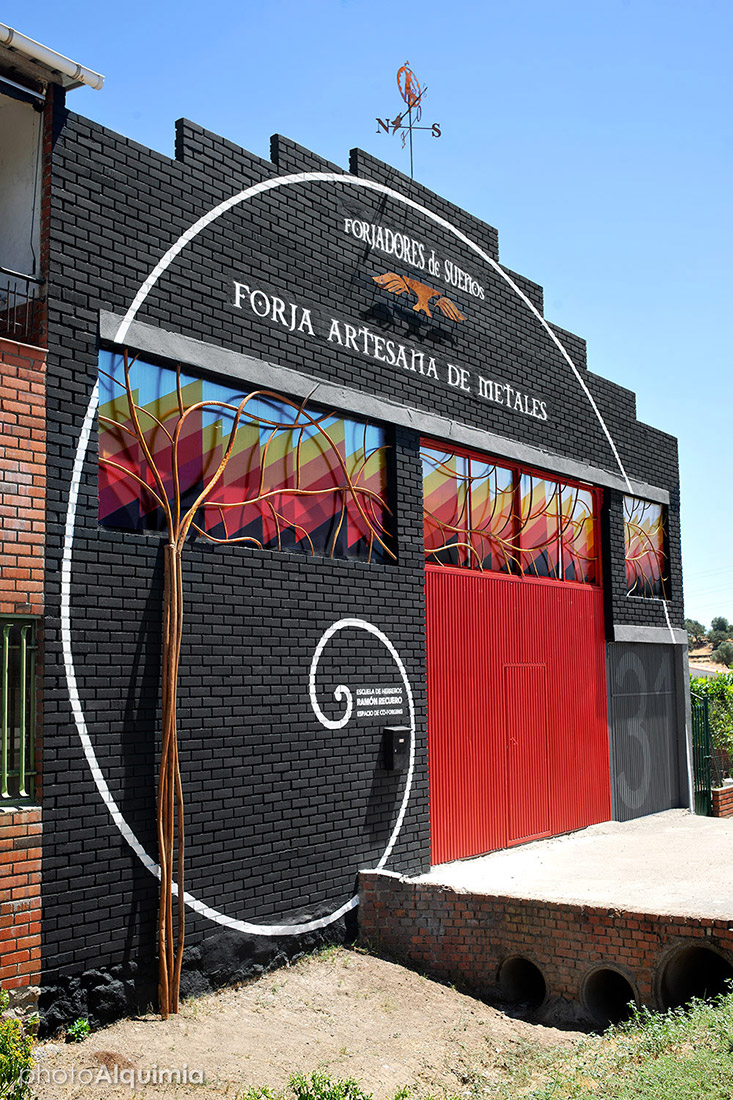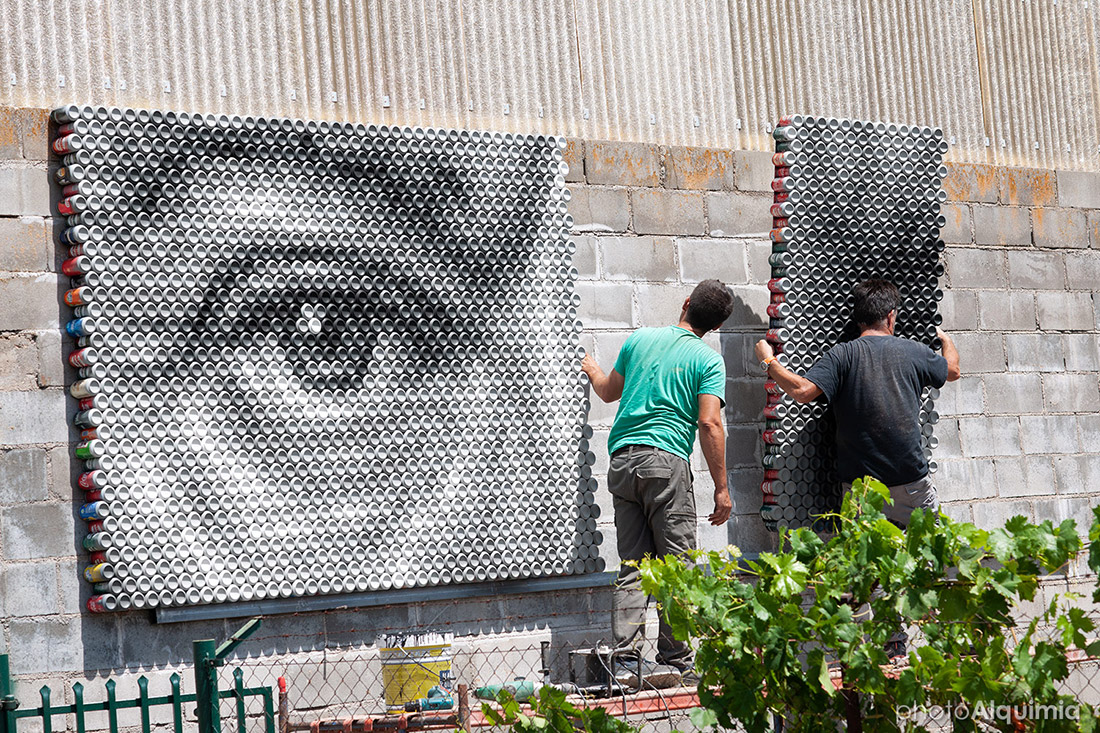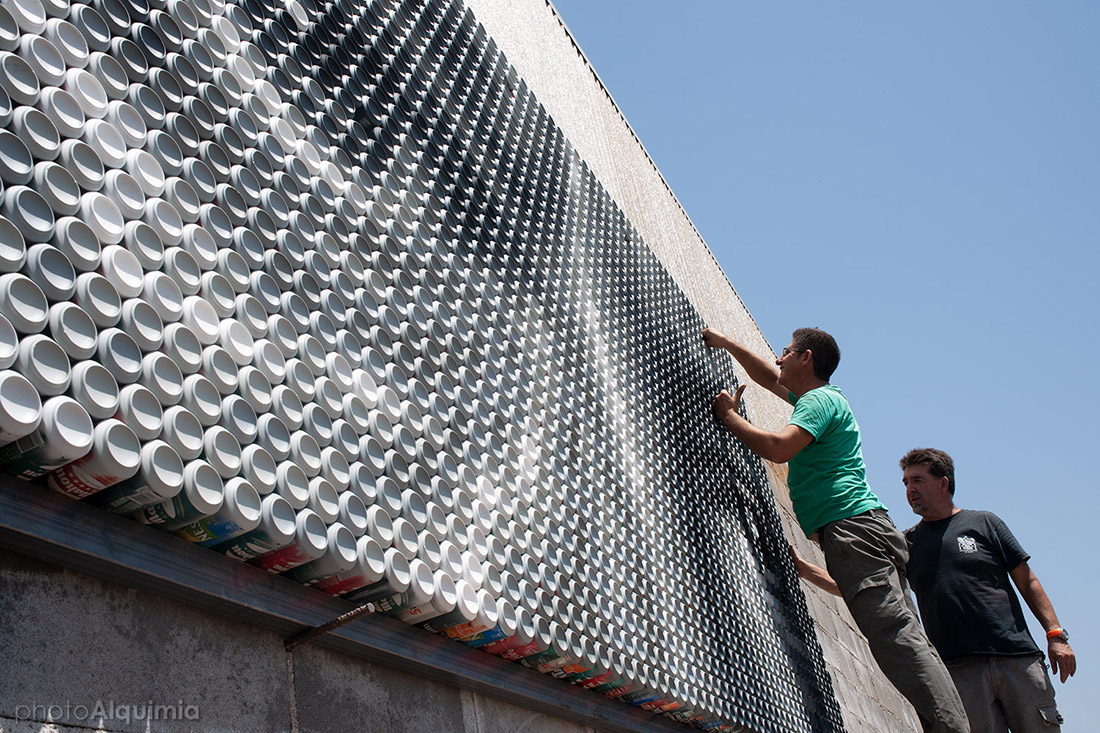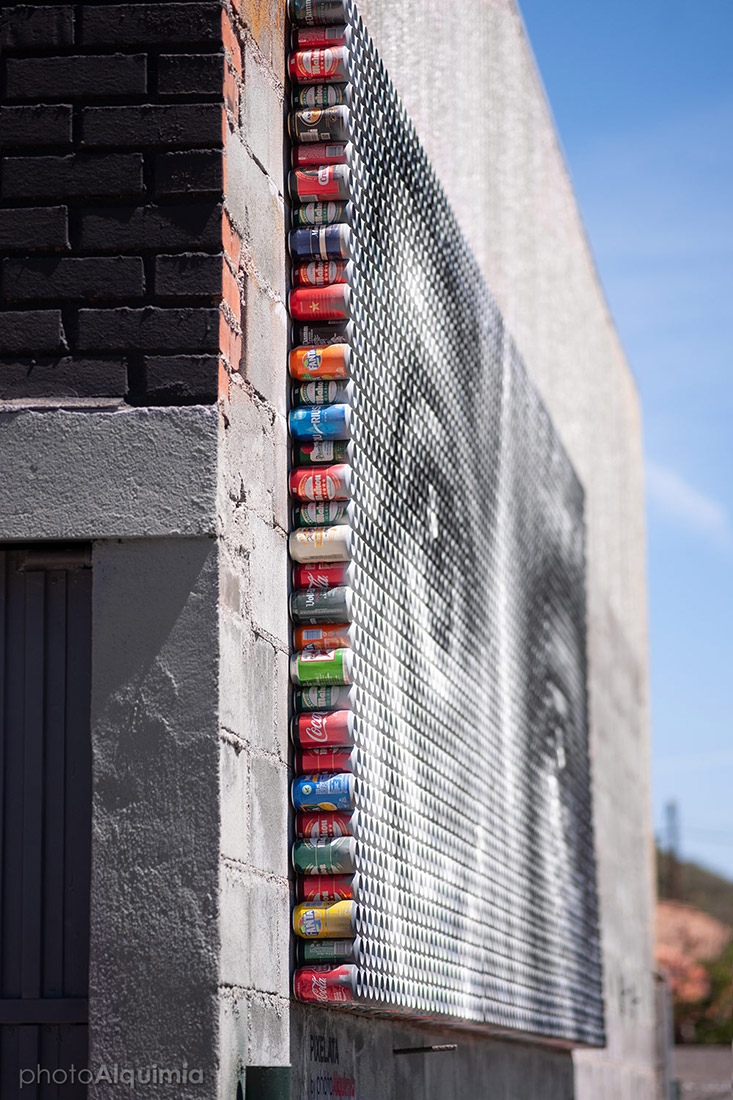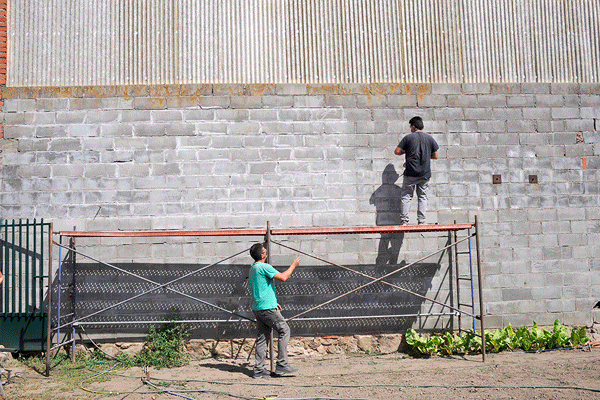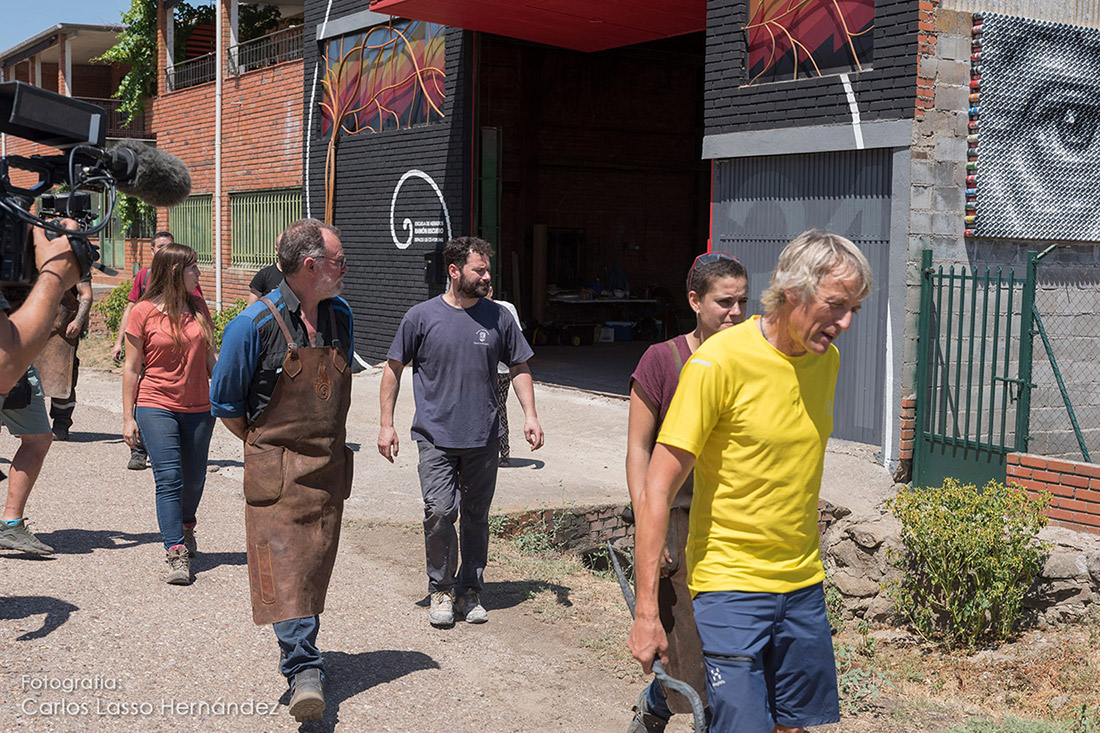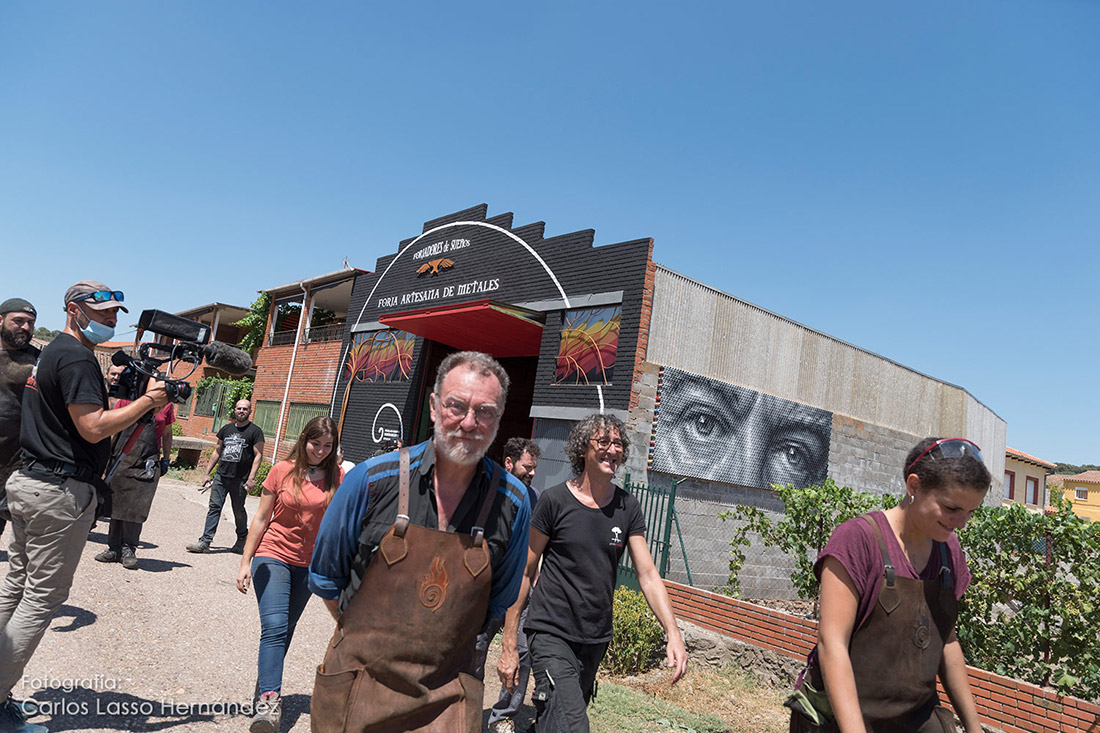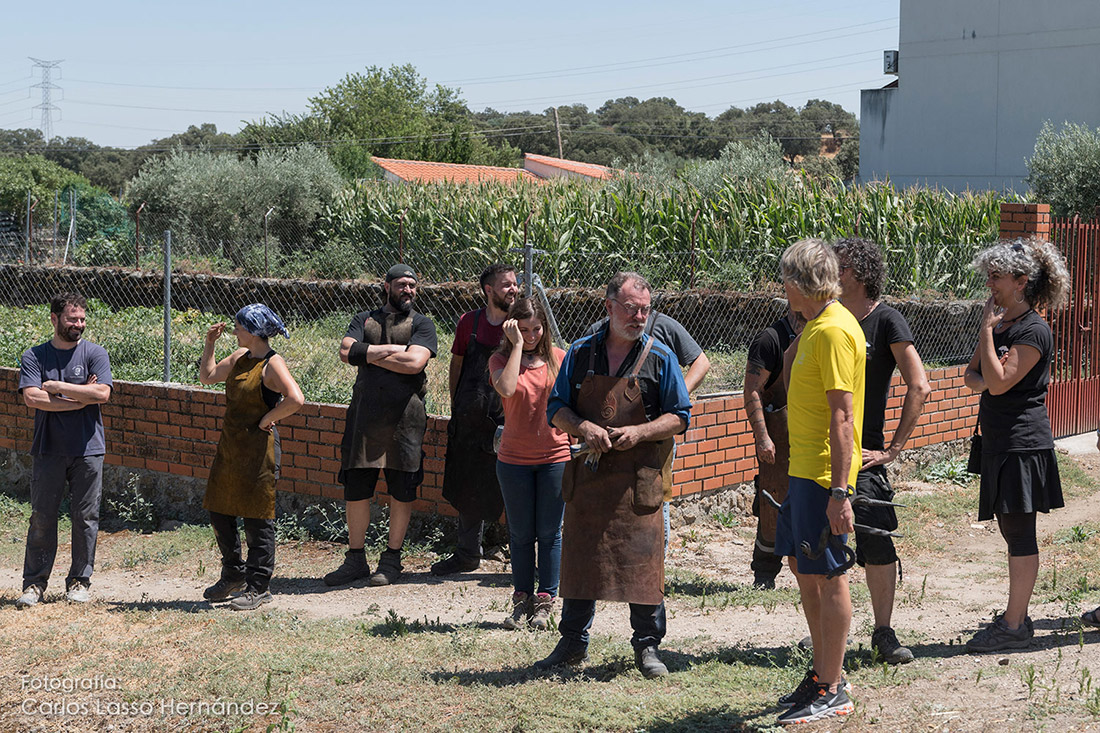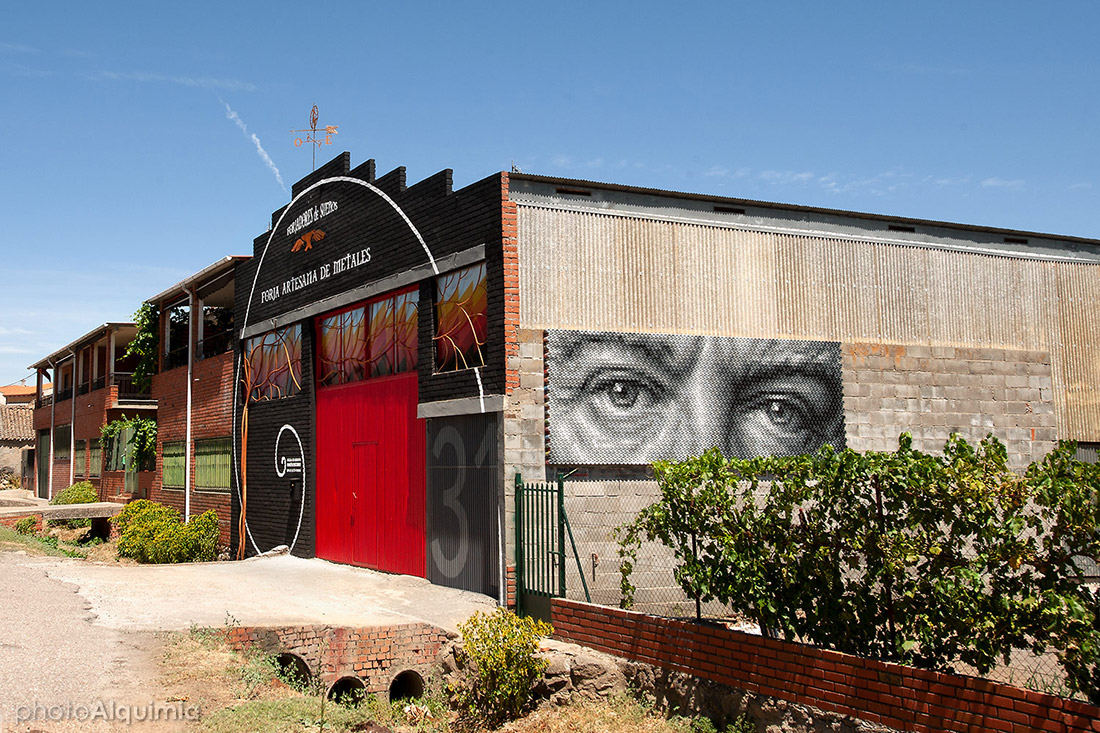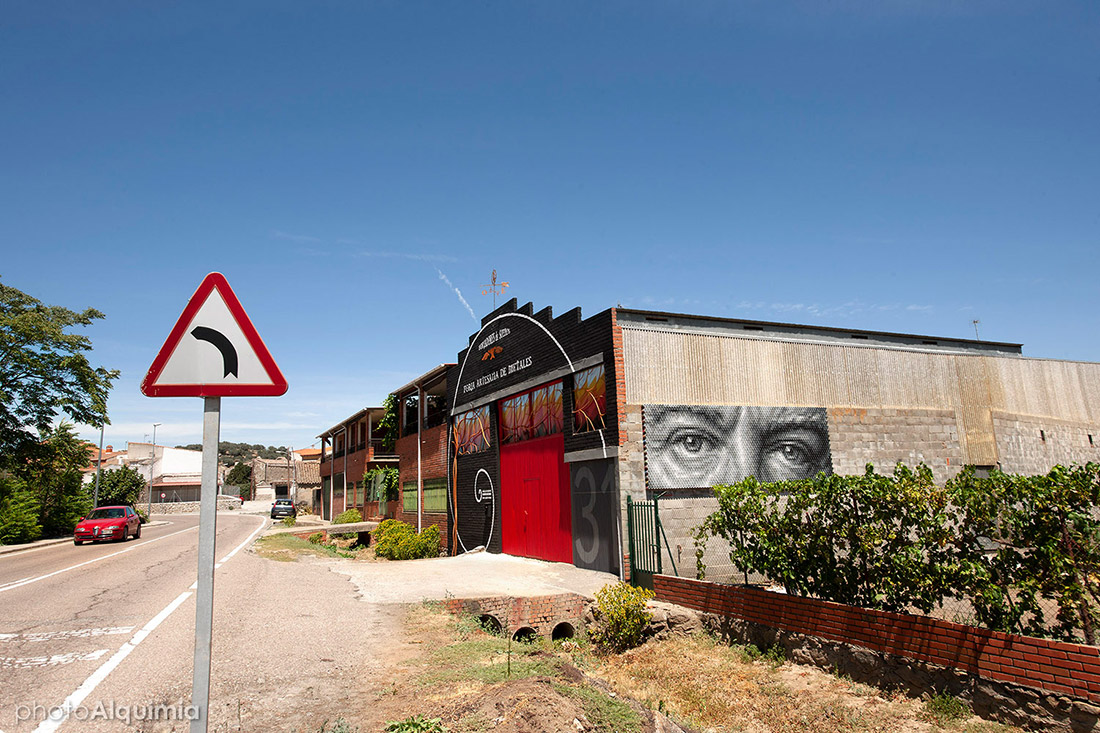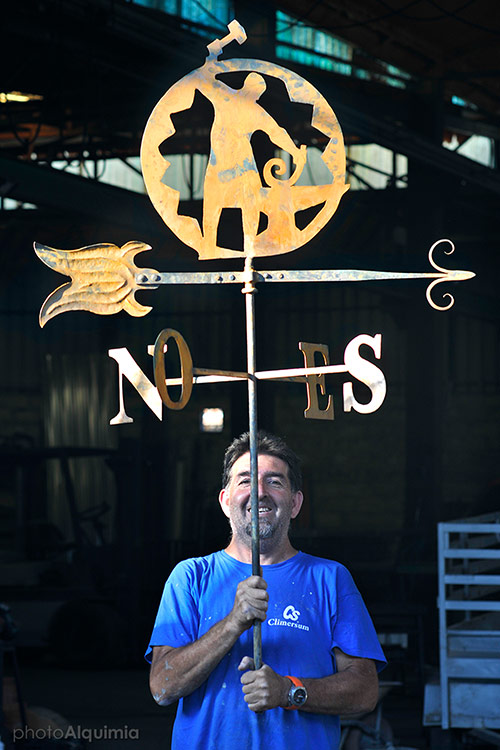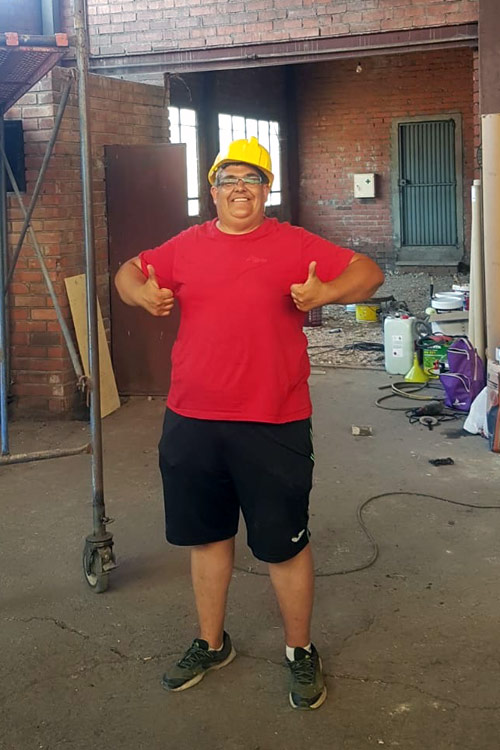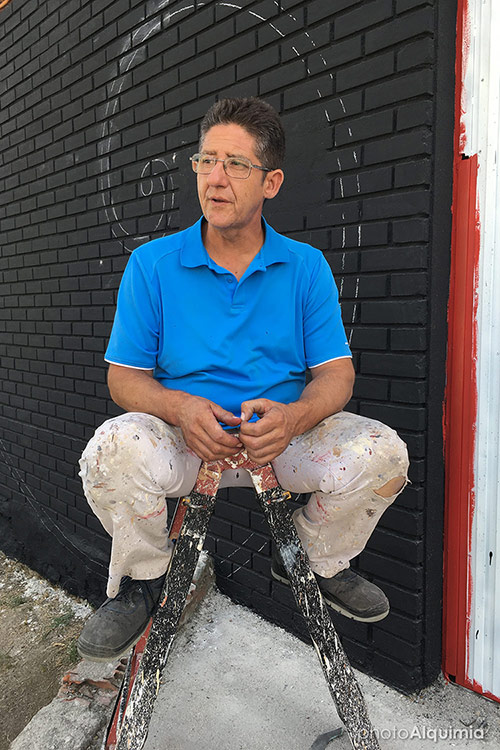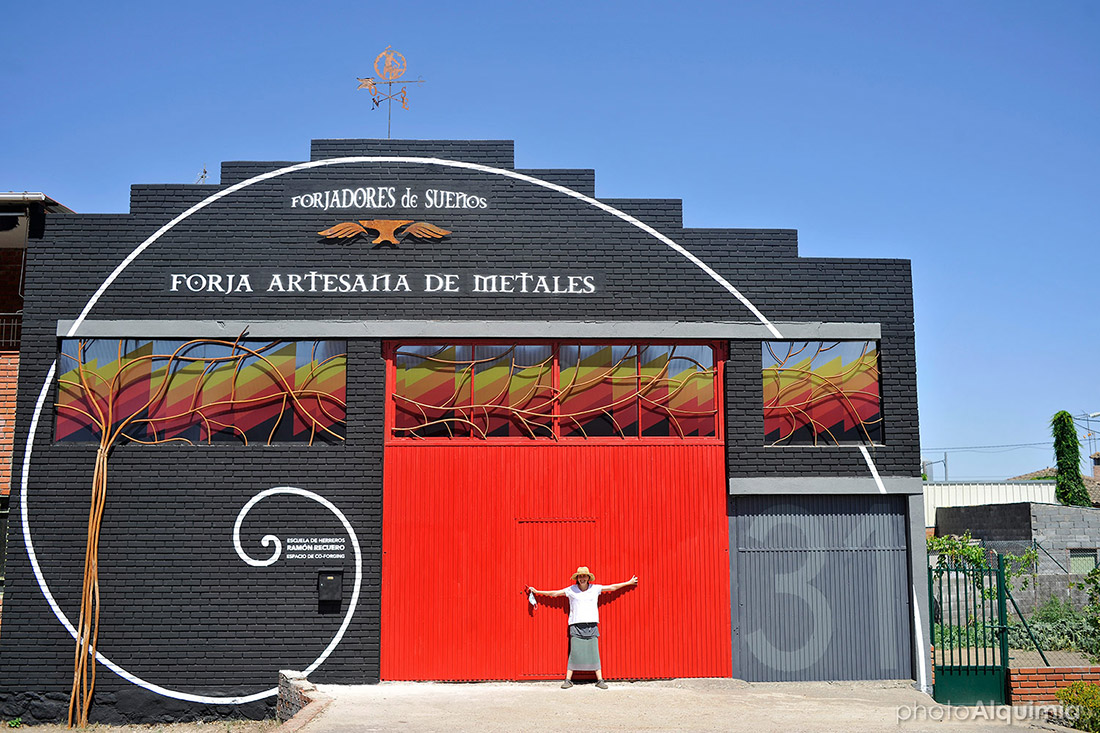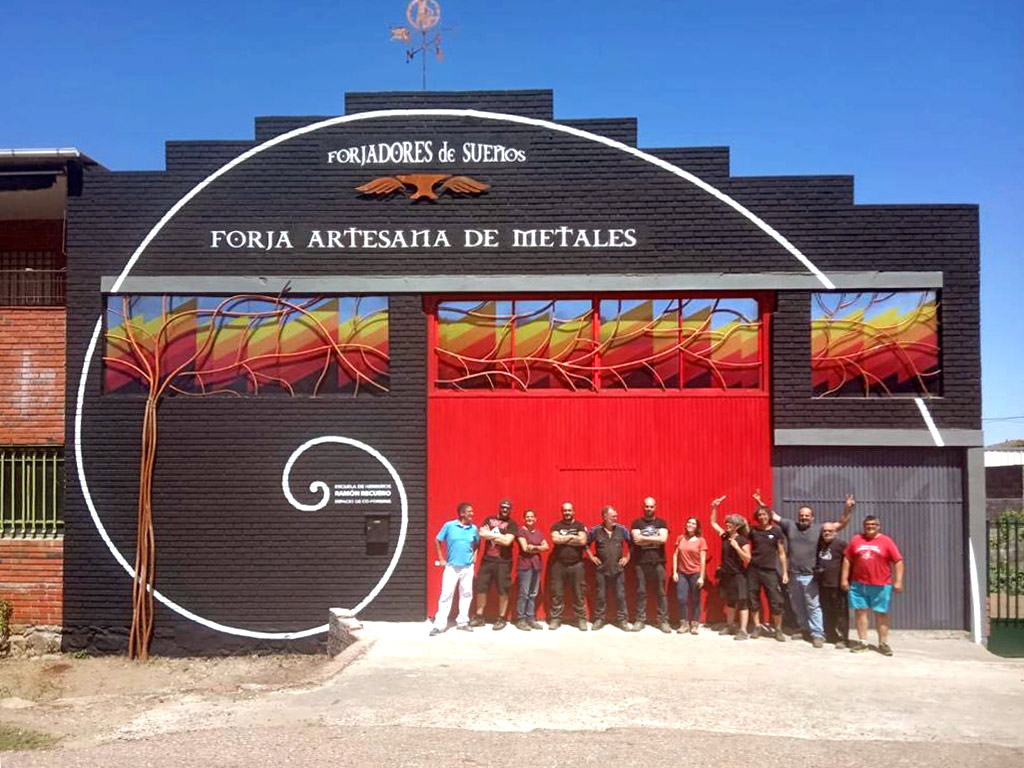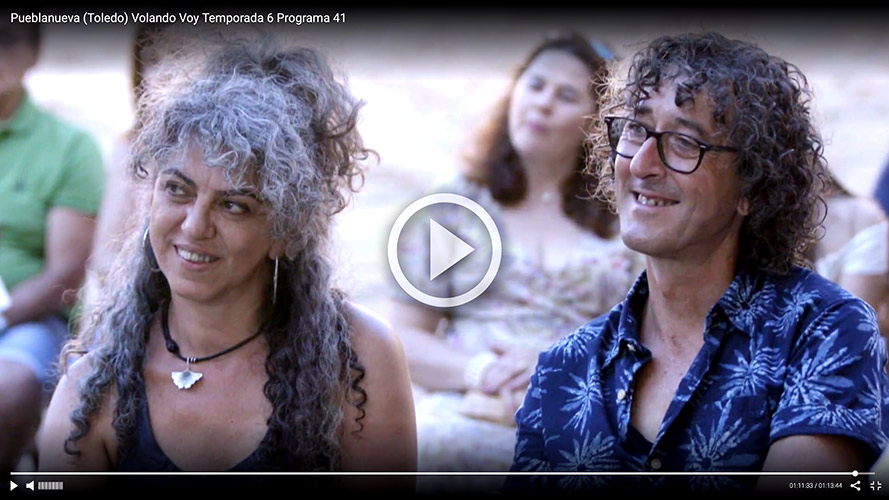"Volando Voy" and its support for the project of Ramón Recuero
For the past five years, the TV programme "Volando voy" has been committed to making rural Spain visible through the stories of its unique villagers and discovering the beautiful landscapes of remote areas of our country from the air.
In this new season, Jesús Calleja has accepted the challenge of setting up people's projects aimed at attracting new residents to the villages or at least retaining those who already live there.
This is the case of master forger Ramón Recuero and his Co-Forging project, in Cervera de los Montes, a small village in Toledo where his project to create a school of traditional forging and a micro-enterprise incubator is located.
As we have known Ramón for more than 10 years and have collaborated together on several projects, we wanted to join the support of Jesús Calleja and his programme, so that Ramón's dream could become a reality and attract young people from inside and outside our country, willing to learn a craft such as forging and also to be able to create their own business.
TRANSFORMATION OF THE MAIN FAÇADE
Main graphic element: Fibonacci Spiral
For the design of the façade of a 21st century forge space, we were inspired by this artisan activity to choose the colours and ornamental elements. Matte black was chosen as the main colour for the façade, as it is the colour associated with the interior of forges and the colour of coal. In contrast to the dominant black colour, red was chosen for the central metal access door, a symbol of fire, another central element in metal forging. Working on the search for graphic motifs, it was discovered that the façade fitted perfectly into the Fibonacci Spiral and fulfilled golden proportions. The lettering of the spiral was made using a compass designed for this project and was lettered in white.
Elements in locksmithing: The "Parreja".
As forging is the main activity of the space, several elements were designed in this material and in metalwork to integrate them and give personality to the façade.
For the protection of the three large windows of the façade, the "Parreja" was designed, a bars inspired by a vine, a typical plant element of the area.
Signage
The lettering on the upper part of the façade is inspired by the industrial architecture signs of the first half of the 20th century. A typography associated with a craft activity of very ancient origin has been chosen. There is a lower sign to the left of the main door and next to the letterbox for which an Avenir next typeface has been used, a simple, modern and easy-to-read font. On the side access door, the street number (31) has been integrated in large size in a light grey colour, a modern feature that contrasts with the antiquity and craftsmanship of the activity.
Windows
For the entire horizontal strip of windows, a geometric graphic pattern was designed as a stained-glass window with a scale of colours ranging from black to yellow, referring to the different colours that iron takes on as its temperature rises in the forge.
Anvil and weather vane in forge
The image of a winged anvil was designed as a symbol of the group "Forgers of dreams" and integrated into the main sign of the façade. Finally, the façade was crowned with a weather vane, with forged motifs.
PIXELATA "The look of a Master".
Our final surprise to Ramón
"One rainy afternoon in December 10 years ago, we entered for the first time Ramón Recuero's forge in Vegas de San Antonio, a village of colonization very close to Talavera de la Reina. That place looked like something out of a magical realism novel, where peacocks walked and strange rusted iron sculptures decorated its streets.
Watching Ramón pounding the red-hot metal on the anvil left us mesmerised, travelling to another world and another time. We still remember Ramón's gaze, sweet, close and at the same time very powerful... it was the gaze of a master".
That experience encouraged us to create a pixelated mural made with recycled beverage cans, with Ramón's gaze as the protagonist, to serve as a gift and the final touch to the programme.
This recycled art installation is part of "PIXELATA", a project to raise awareness of recycling and the circular economy through art.
The graphic motif was created using the pixelated technique, painting the bases of the beverage cans (pixelata) in a scale of 8 greys, black and white, creating a continuous canvas of 200 x 550 cm, using 3,000 recycled cans.
The reason for working on this material is due to the infinite recyclability of a beverage can, being an excellent example to transform the concept of waste into a valuable resource for citizens and to understand concepts such as recycling and circular economy. The 3,000 recycled cans were collected by residents of Carabanchel.
This piece has been sponsored by Cada Lata Cuenta and is totally sustainable and recyclable, the day they want to recycle it, they will only have to melt it to get 60 kg of aluminium, integrating this material back into the circular cycle, to make as many new cans or for example seven bicycle frames.
Special thanks
Without them, none of this would really have been possible.

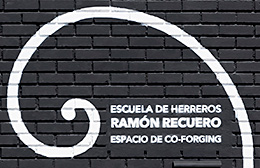
.png)

